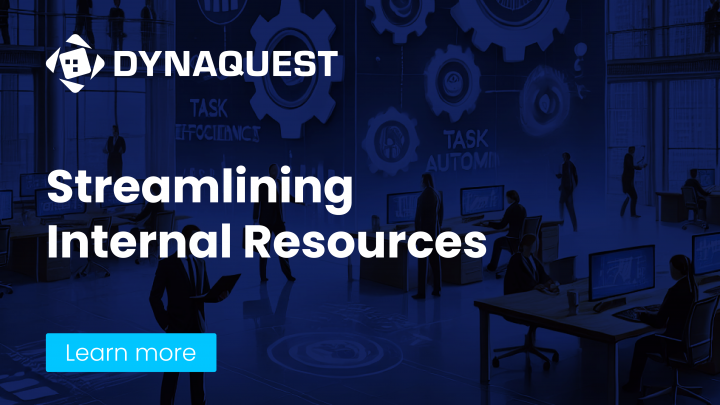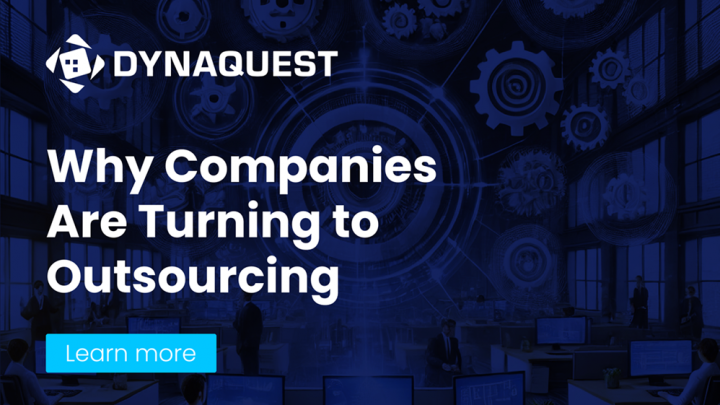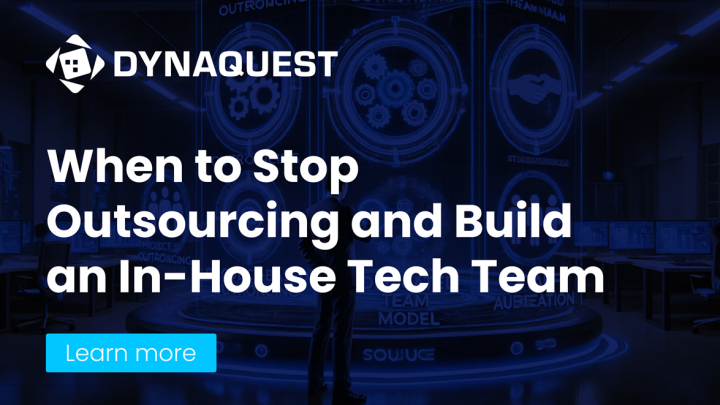Now that we’ve covered why outsourcing IT can be a game-changer for startups and the key factors to consider, it’s time to focus on how to do it right. This section will provide a step-by-step guide to choosing the best outsourcing model, finding top IT talent, negotiating deals, and managing outsourced teams effectively. By the end, you’ll have a practical outsourcing strategy tailored to your startup’s needs. Choosing the Right IT Outsourcing Model for Your Startup One of the biggest mistakes startups make is choosing the wrong outsourcing model. Not all outsourcing solutions fit every business need. To make an informed decision, you must understand the three main outsourcing models and their pros and cons. ✅ Freelancers vs. Agencies vs. Dedicated Teams – Which One is Best? Each outsourcing option serves different purposes. Here’s how they compare: Outsourcing Model Best For Pros Cons Freelancers (Upwork, Fiverr, Toptal) Short-term projects, MVPs, one-time tasks. Affordable, flexible, access to global talent. Can be unreliable, lack of long-term commitment. IT Agencies (Clutch, GoodFirms) Scaling, complex development, ongoing support. Structured teams, faster turnaround, quality assurance. Higher costs, less flexibility than freelancers. Dedicated Teams (Outstaffing companies) Long-term projects, scaling startups. Full-time commitment, seamless integration. Requires proper management, higher costs. ✅ Offshore vs. Nearshore vs. Onshore Outsourcing Another important choice is where to outsource. Here’s a breakdown of the three major options: Offshore Outsourcing (e.g., India, Philippines, Ukraine) – Best for cost efficiency but requires strong communication management due to time zone differences. Nearshore Outsourcing (e.g., Latin America, Eastern Europe) – A balance between cost and collaboration, ideal for startups needing a mix of affordability and proximity. Onshore Outsourcing (e.g., local agencies in the U.S. or EU) – Best for high collaboration needs, but most expensive. 💡 Pro Tip: If cost is your main concern, offshore or nearshore outsourcing is ideal. If collaboration and proximity are more important, consider nearshore or onshore. Where to Find the Best IT Outsourcing Talent (Without Getting Scammed) Finding the right outsourcing partner can make or break your startup’s success. Here’s how to do it right. ✅ The Best Platforms to Hire IT Talent Freelance Marketplaces – Upwork, Fiverr, Toptal (great for short-term work). IT Agencies – Clutch, GoodFirms, TopDevelopers (best for startups needing long-term partnerships). Dedicated IT Teams – Turing, YouTeam, Andela (for startups looking for ongoing, embedded development teams). Referral Networks – Reaching out to fellow startup founders and CTOs often leads to trusted, high-quality recommendations. ✅ Red Flags to Avoid When Hiring an IT Outsourcing Partner 🚨 Low Prices That Seem Too Good to Be True – If a developer is offering rates significantly lower than the market, it usually means low experience or hidden costs. 🚨 Lack of Portfolio or Case Studies – Any serious IT provider should have real-world examples of past work. 🚨 Poor Communication Skills – If a freelancer or agency struggles to communicate clearly and professionally from the start, expect bigger issues down the road. 🚨 No Clear Contract Terms – If the provider is hesitant to sign an agreement with scope, timelines, and milestones, that’s a major red flag. 💡 Pro Tip: Start with a small test project before committing to a long-term contract. This helps assess reliability and technical skills without major risk. How to Structure an IT Outsourcing Deal That Works for Startups A well-structured outsourcing agreement protects your startup from delays, cost overruns, and disputes. ✅ Fixed Price vs. Hourly vs. Retainer Contracts – Which is Best? Contract Type Best For Pros Cons Fixed Price Clearly defined projects (e.g., website development, MVP builds). Predictable costs, well-defined scope. Less flexibility for changes. Hourly Ongoing work with changing requirements. Flexibility, pay only for hours worked. Harder to budget, potential overruns. Retainer Long-term projects (e.g., SaaS startups scaling IT teams). Dedicated support, lower per-hour rates. Requires upfront commitment. ✅ Essential Terms to Include in Your IT Outsourcing Contract Project Scope – What exactly is being built? Milestones & Deadlines – When will each phase be completed? Intellectual Property Rights – Ensuring that all code belongs to your startup. Non-Disclosure Agreements (NDAs) – Protecting your sensitive data and ideas. Payment Terms – When and how payments will be made. 💡 Pro Tip: Always use milestone-based payments instead of paying 100% upfront. This ensures the outsourcing partner delivers work before getting fully paid. Managing Your Outsourced IT Team: Best Practices for Startups Once you’ve hired an outsourced IT team, the real challenge is keeping them productive and aligned with your vision. ✅ How to Keep Control Without Micromanaging 🔹 Define Clear Expectations from Day One – Set KPIs, deadlines, and deliverables upfront. 🔹 Use Agile Development Practices – Weekly sprints, regular updates, and feedback loops keep projects on track. 🔹 Hold Regular Check-Ins – Daily or weekly stand-up meetings ensure continuous progress. 🔹 Leverage the Right Collaboration Tools: Communication: Slack, Microsoft Teams, Zoom. Project Management: Trello, Asana, Jira. Code Repositories: GitHub, Bitbucket. The Top 5 Mistakes Startups Make with IT Outsourcing (And How to Avoid Them) Going for the Cheapest Option – Low-cost providers often mean low-quality results. Focus on value, not just price. Failing to Set Clear Expectations – Without a well-defined scope, your project will likely suffer from delays and misalignment. Ignoring Time Zone and Cultural Differences – Choose a partner with working hours that overlap with your core team. Poor Communication and Lack of Feedback Loops – Regular check-ins prevent misunderstandings and wasted effort. Not Planning for Scaling and Long-Term Success – If you don’t plan ahead, your outsourced IT team may struggle to scale with your startup.









